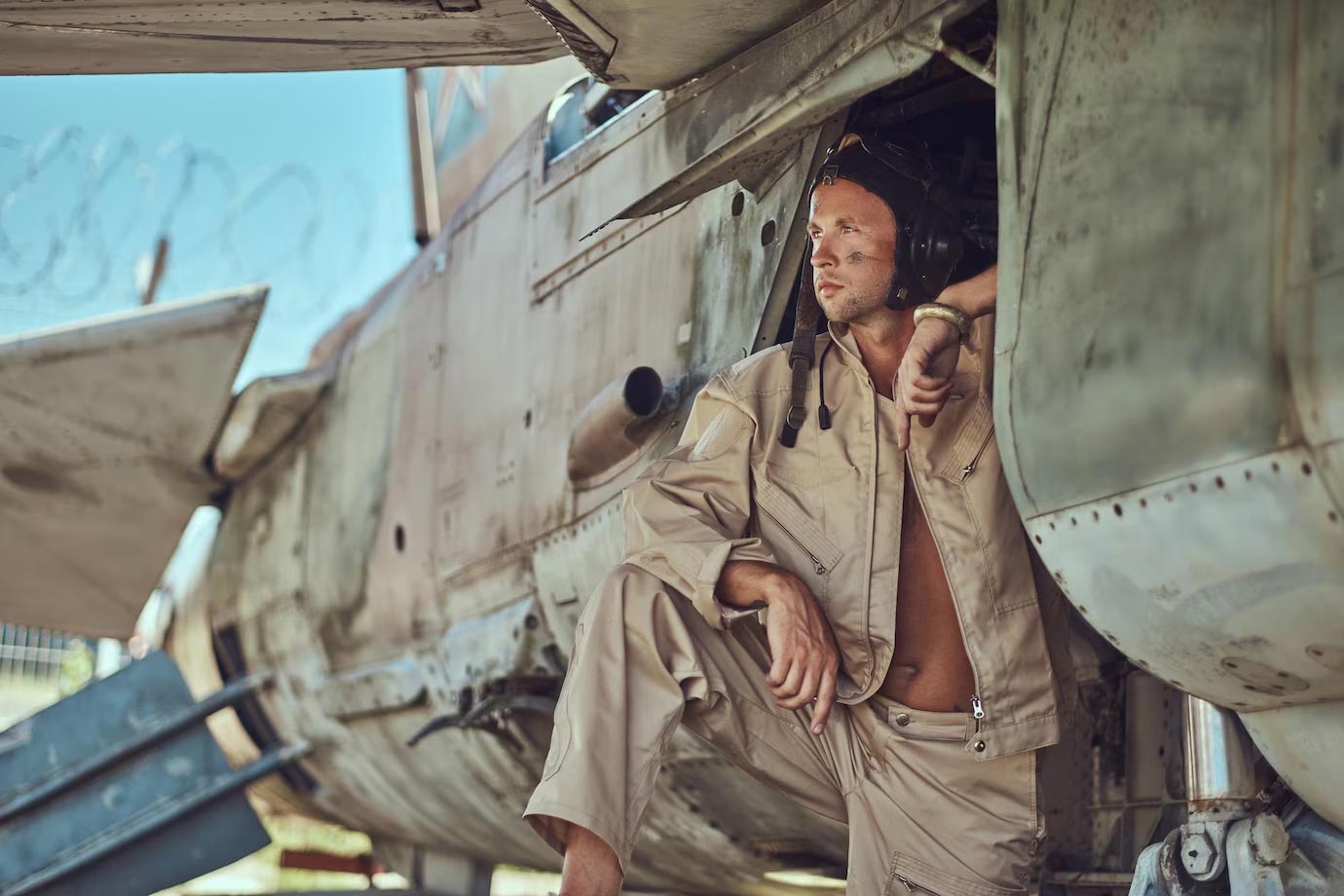Understanding the Mini C-17: Does it Fly?
The C-17 Globemaster III is a staple in military airlift operations, known for its ability to transport troops, vehicles, and heavy cargo over large distances. But when it comes to the miniature or scaled-down versions of this aircraft often seen at airshows or in model form, their ability to imitate their larger counterpart raises curiosity. Let’s explore whether these mini C-17 models can actually take to the skies.
The Original C-17 and Its Features
The full-sized C-17 rocks a wingspan of 169 feet and a length of 174 feet. Known for its versatility, it combines large payload capacity and the ability to use short runway strips. The real aircraft is propelled by four Pratt & Whitney F117-PW-100 turbofan engines, each delivering about 40,440 pounds of thrust, allowing for a maximum takeoff weight of 585,000 pounds. The aircraft serves notable roles, including tactical airlift and airdropping supplies to troops in remote regions.
Model Modeling: Mini C-17
The mini C-17s you might encounter are usually radio-controlled scale models. Model enthusiasts strive to replicate the look and function of the full-sized aircraft on a smaller scale. These scaled replicas are diverse in size and power source, ranging from electric engines to small jet turbines. Focusing on accurate reproduction, they include realistic details such as landing gear and working ailerons.
Engine Types in Miniature Models
The engines or propulsion methods in scaled models vary significantly. Electrics are common for smaller and less expensive models, offering quiet operation. More serious hobbyists may choose gas turbines, which offer a more realistic flight experience closer to the thrust seen from their full-sized counterpart. These engines can propel models weighing several hundred pounds and spanning over 20 feet across.
Capability of Mini C-17s
Despite their size, many mini C-17s possess the ability to fly. This is accomplished through advancements in lightweight materials and powerful model engines. Radio-controlled versions can mimic the flight characteristics of a C-17, including stable flight and controlled landings. Scale flyers use sophisticated controls which manage flaps, stabilizers, and other flight control surfaces.
Radio-Control Systems
Modern radio-control systems use multiple channels to simulate complex flight operations. A pilot might control throttle, rudder, ailerons, elevators, and landing gear from a console. The precision of these systems allows for executed maneuvers that mirror real-life operations, though scaled for the model size. As hobby technology advances, these RC systems grow more sophisticated. They include telemetry feedback, providing real-time data on metrics like altitude and speed.
Safety and Regulations
The operation of model aircraft, including the mini C-17, is subject to aeromodelling regulations. Enthusiasts must follow guidelines proposed by aviation authorities, such as the Federal Aviation Administration (FAA) in the United States. Rules generally cover altitude limits, flight within line of sight, and operation away from populated areas. These ensure the safety of both the hobbyists and the general public.
Aerodynamics and Design Challenges
Miniaturizing a large aircraft like the C-17 poses unique aerodynamic challenges. Designers must adjust lift and drag ratios to maintain stability. Even if the model isn’t transporting cargo, weight distribution remains critical. Achieving proper scale replication is not just about aesthetics. It plays a crucial role in ensuring the model’s ability to lift off, execute controlled flight, and land smoothly.
Materials and Construction Techniques
Advancements in materials science have revolutionized the construction of model airplanes. Lightweight composite materials, including carbon fiber and lightweight aluminum, contribute to better performance. These materials ensure models are not only light enough to fly but durable enough to withstand multiple flights. Construction techniques also include molding and detailed assembly, often handcrafted by skilled enthusiasts.
Operational Skills Needed
Piloting a mini C-17 is no easy feat. It requires precise hand-eye coordination and practice. New pilots often start with smaller, easy-to-handle models before graduating to more complex aircraft. The community often supports newcomers, providing training sessions and simulators. Advanced flyers might conduct aerobatic feats at public shows, stunning audiences with loops, rolls, and low flybys.
Real-World Applications and Community
The passion for flying mini C-17s brings enthusiasts together, fostering a vibrant community. Clubs organize events where model pilots can showcase their skills and models. These gatherings often include competitions, rewarding individuals for precision flying and realistic modeling. Besides recreation, this hobby has educational benefits, sparking interest in aerodynamics and engineering among participants. Competitions and clubs serve as a fertile ground for budding aerospace talents to hone their skills.
The Future of RC Flight
With ongoing technological breakthroughs, the capability of flying models will likely expand. Innovations in battery technology, lightweight materials, and electronic controls will enable even more ambitious model building. The dream of creating models that precisely mirror real-world aircraft performance continues to push boundaries in model aviation.
In brief, yes, mini C-17 models indeed take to the skies. As skillfully crafted replicas of their larger counterparts, they demonstrate the fascinating intersection between hobby and high-precision aviation technology. From custom turbines down to controlling surfaces, these flying models capture and echo the remarkable qualities of their full-sized inspirations.
“`
